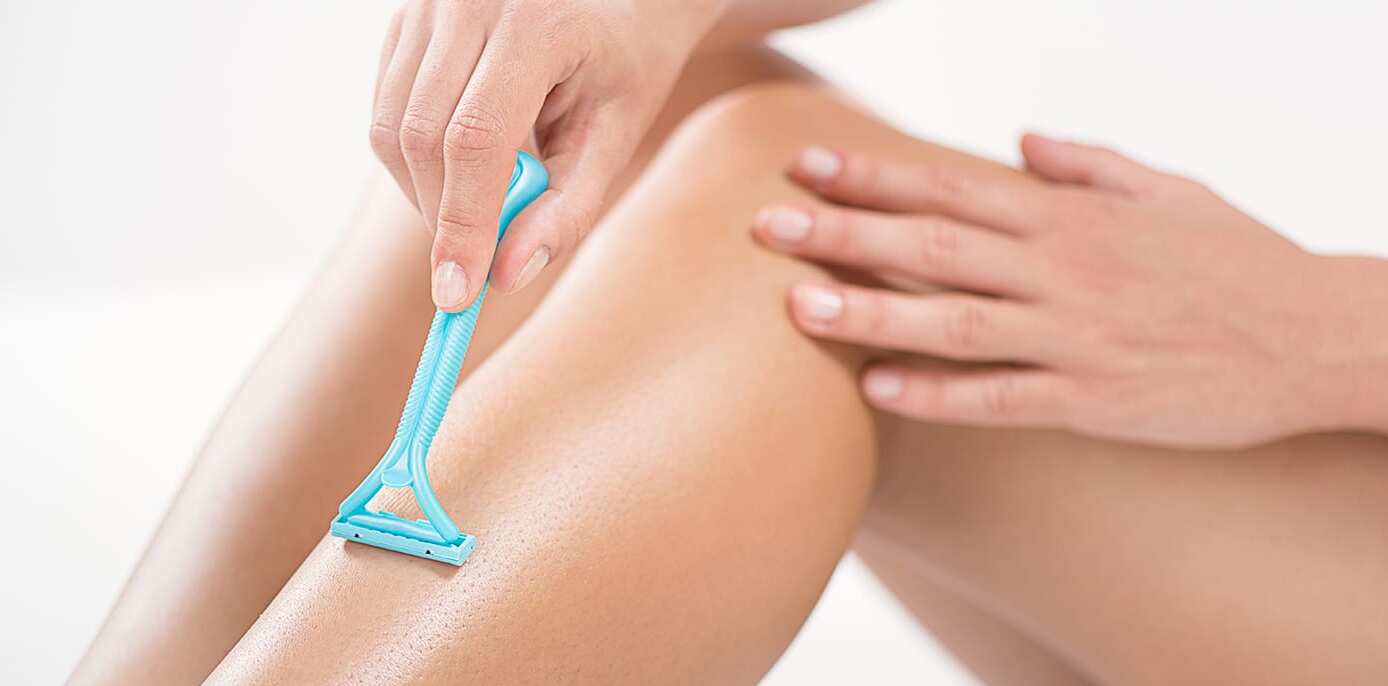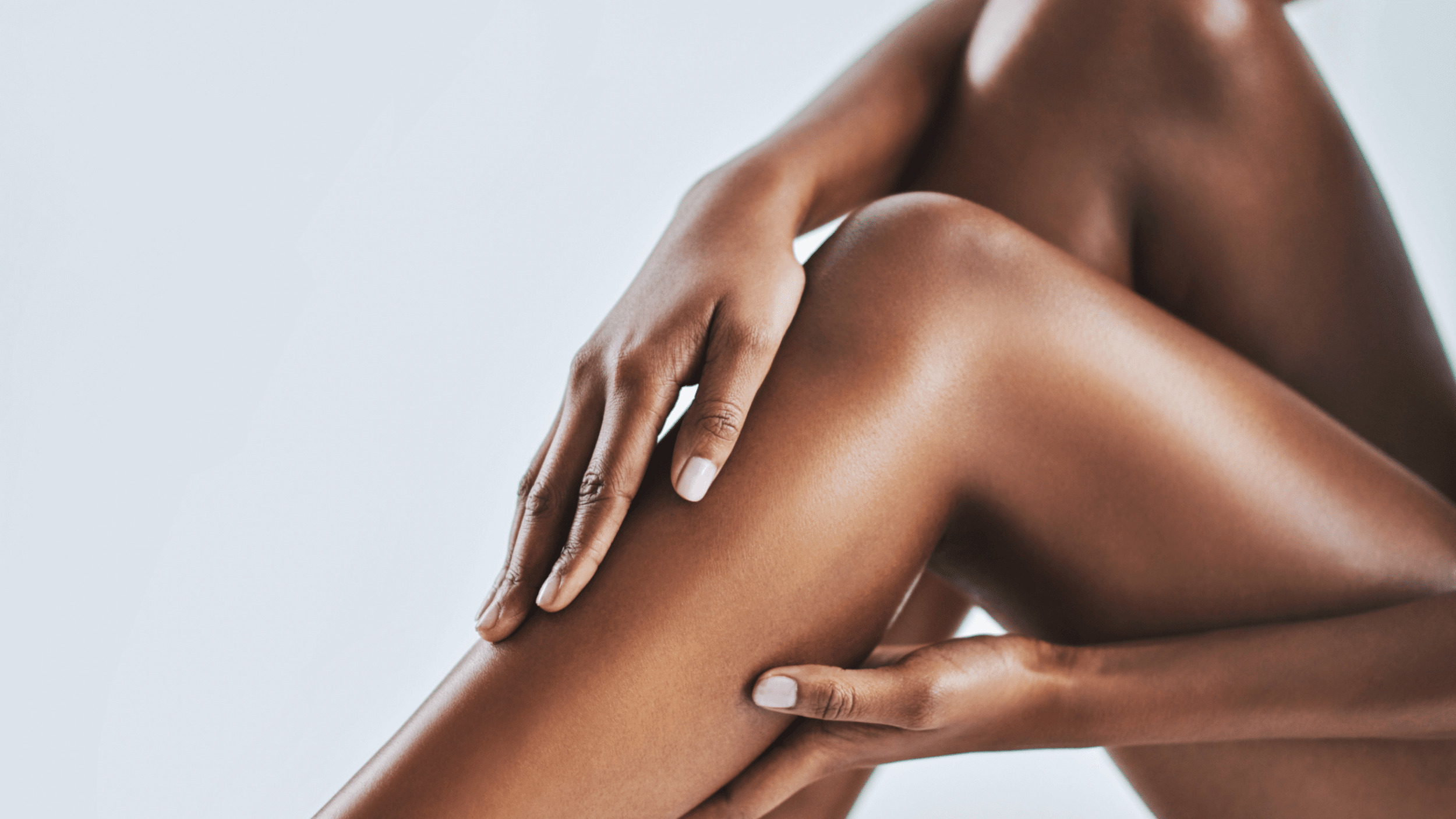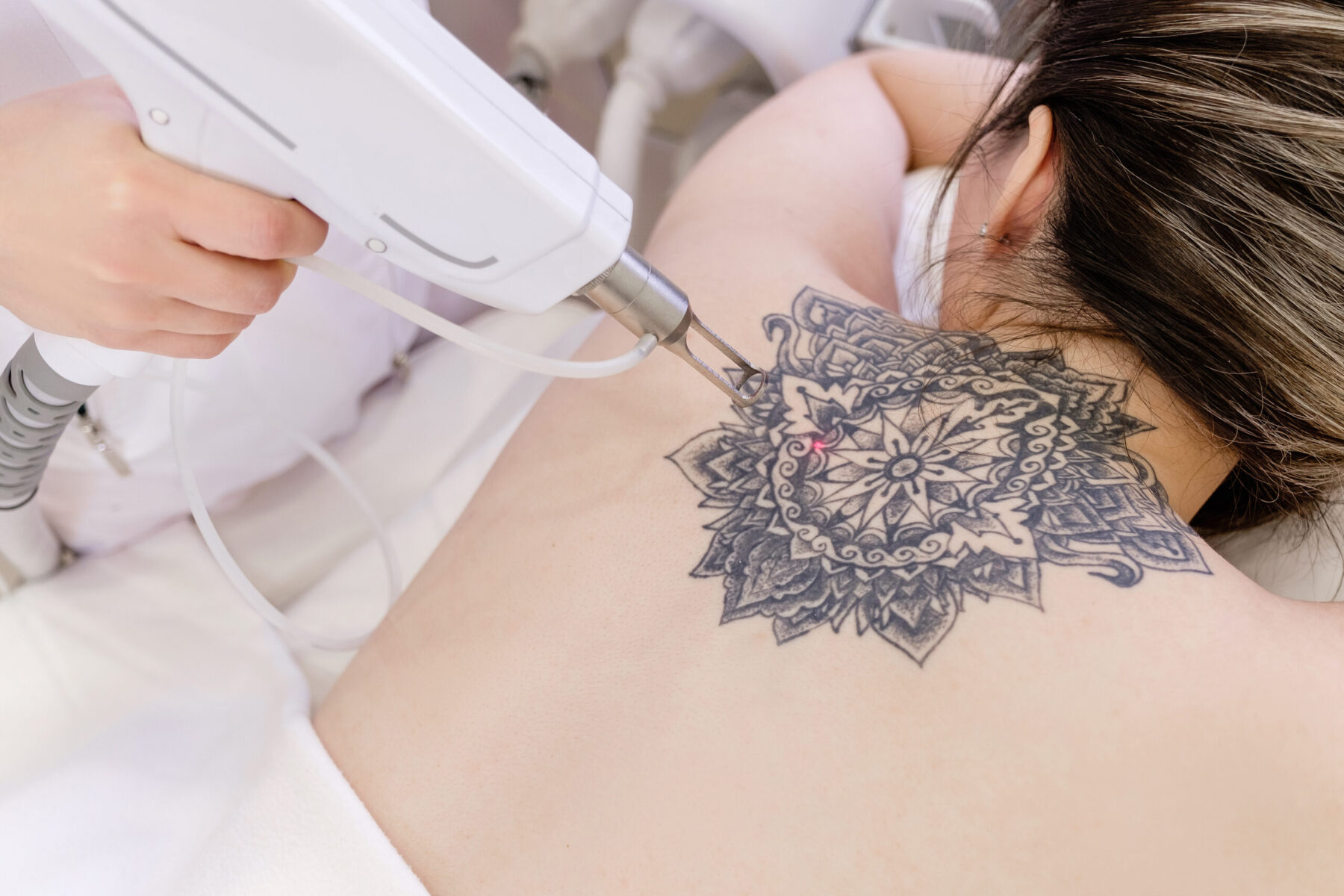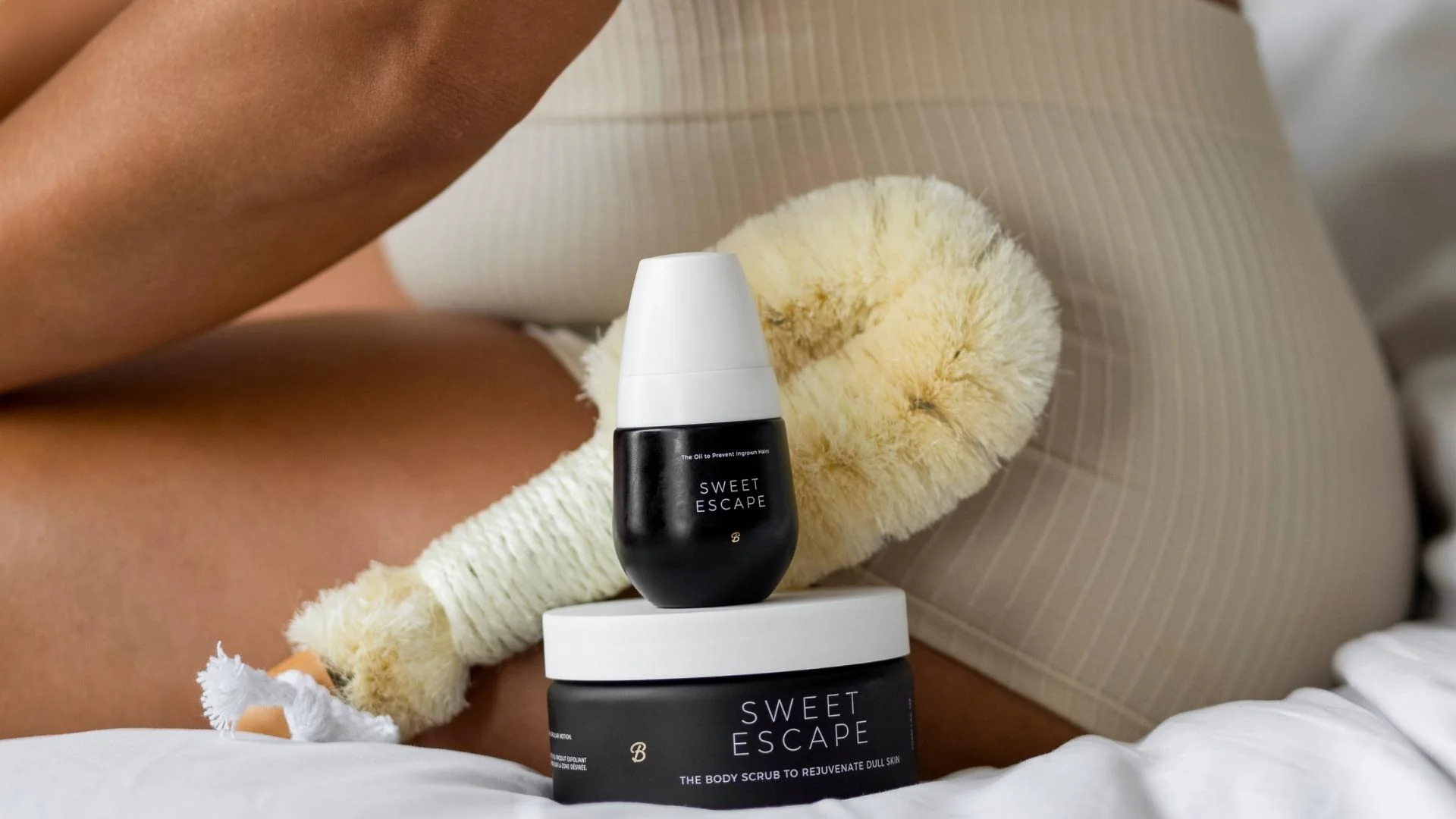

FAQs
When Can You Exfoliate After Laser Hair Removal
Modified: August 2, 2023
Learn when it's safe to exfoliate after laser hair removal. Get answers to general questions about post-treatment care.
(Many of the links in this article redirect to a specific reviewed product. Your purchase of these products through affiliate links helps to generate commission for Under-tec.com, at no extra cost. Learn more)
Table of Contents
Introduction
Exfoliation is a key part of many skincare routines, helping to remove dead skin cells and reveal a brighter, smoother complexion. However, when it comes to exfoliating after laser hair removal, it’s important to proceed with caution. Laser hair removal is a popular treatment for achieving long-lasting hair reduction, but it can also cause temporary side effects such as skin sensitivity and irritation.
Understanding the appropriate timing for exfoliation after laser hair removal is crucial to ensure proper healing and minimize the risk of complications. In this article, we will explore the benefits of exfoliation, the importance of proper healing time, and when it is safe to resume exfoliation after laser hair removal.
Exfoliation, the process of removing dead skin cells from the surface of the skin, has numerous benefits. It helps to unclog pores, prevent acne breakouts, and promote a more even skin tone. By sloughing off the outer layer of dead skin cells, exfoliation also allows for better absorption of skincare products, resulting in a more effective skincare routine.
After undergoing laser hair removal, it is important to give your skin time to heal. The laser targets the hair follicles deep within the skin, and the heat generated during the treatment can cause temporary redness, swelling, and sensitivity. Exfoliating too soon after laser hair removal can exacerbate these side effects and may even lead to skin damage or irritation.
It is important to note that the healing time after laser hair removal can vary. Factors such as individual skin sensitivity, the size of the treated area, and the type of laser used can influence the recovery process. Therefore, it is essential to follow the specific guidelines provided by your dermatologist or laser technician.
While exfoliation is generally well-tolerated and beneficial for the skin, there are certain circumstances when it should be avoided after laser hair removal. This includes the immediate post-treatment period when the skin is most sensitive and needs time to recover. Trying to exfoliate too soon can disrupt the healing process and potentially lead to complications.
Understanding Laser Hair Removal
Laser hair removal is a popular cosmetic procedure that uses concentrated beams of light to target and destroy hair follicles. It provides a long-term solution for unwanted hair by significantly reducing hair growth in treated areas. The procedure can be performed on various parts of the body, including the face, legs, bikini line, and underarms.
The process of laser hair removal involves emitting a laser beam, which is absorbed by the pigment in the hair follicles. This heat damages the follicles, inhibiting future hair growth. The treatment is most effective on individuals with dark hair and light skin, as the contrast allows for better absorption of the laser energy.
One of the key advantages of laser hair removal is its precision. The laser targets only the hair follicles, leaving the surrounding skin unharmed. This makes it a safe and effective option for hair reduction, with minimal risk of side effects when performed by a trained professional.
The number of laser hair removal sessions required varies depending on factors such as hair color, thickness, and the targeted area. Most individuals require multiple sessions, spaced several weeks apart, to achieve the desired results. This is because the laser can only target hair follicles in the active growth phase, and hair grows in cycles, with some follicles dormant at any given time.
While laser hair removal offers numerous benefits, it is important to be aware of the potential side effects. The most common side effects include temporary redness, swelling, and skin sensitivity in the treated area. These typically subside within a few hours or days. In rare cases, more serious side effects such as blistering or changes in skin pigmentation may occur, but they are usually temporary.
Before undergoing laser hair removal, it is essential to consult with a dermatologist or a qualified laser technician. They will assess your skin and hair type, discuss your expectations, and determine the most suitable treatment plan for you. Additionally, they will provide you with comprehensive pre and post-treatment instructions to ensure optimal results and minimize the risk of complications.
Now that we have a better understanding of laser hair removal, let’s explore the benefits of exfoliation and how it contributes to overall skin health.
Benefits of Exfoliation
Exfoliation is an essential step in any skincare routine, providing a range of benefits for the skin. By gently removing dead skin cells from the surface, exfoliation helps to reveal a smoother, brighter complexion. Here are some of the key benefits of incorporating exfoliation into your skincare regimen:
1. Improved Skin Texture: Exfoliation helps to unclog pores and remove built-up dirt, oil, and dead skin cells, resulting in a smoother and more even skin texture. It can minimize the appearance of roughness, fine lines, and wrinkles, giving your skin a more youthful and radiant appearance.
2. Enhanced Cell Turnover: Regular exfoliation promotes the natural process of cell turnover, which slows down as we age. By removing the outer layers of dead skin cells, exfoliation encourages the regeneration of new, healthy cells, leading to fresher-looking skin.
3. Deep Cleansing: Exfoliation helps to deeply cleanse the skin by removing impurities and unclogging pores. This can minimize the occurrence of acne breakouts and blackheads, as well as prevent the formation of whiteheads and other blemishes.
4. Brighter Complexion: Exfoliation can improve the overall brightness and glow of your skin. By removing dull, dead skin cells, it allows light to reflect off the surface more evenly, resulting in a more radiant complexion.
5. Better Product Absorption: Exfoliated skin has a smoother texture and is better able to absorb skincare products. By removing the barrier of dead skin cells, exfoliation allows moisturizers, serums, and other treatments to penetrate deeper into the skin, maximizing their effectiveness.
6. Improved Makeup Application: Exfoliation creates a smoother canvas for makeup application. By removing dry patches and flakiness, foundation and other makeup products can glide on more seamlessly, resulting in a more flawless finish.
While exfoliation offers numerous benefits, it is important to choose the right exfoliating method and frequency based on your skin type and sensitivity. Talk to a skincare professional to determine the most suitable exfoliation products and techniques for your specific needs.
Now that we understand the benefits of exfoliation, let’s explore why it’s crucial to give your skin proper healing time after laser hair removal before resuming exfoliation.
The Importance of Proper Healing Time
After undergoing laser hair removal, your skin needs time to heal and recover from the treatment. Laser hair removal works by targeting the hair follicles deep within the skin, and the heat generated during the procedure can cause temporary side effects such as redness, swelling, and skin sensitivity.
Proper healing time is essential to allow your skin to recover and minimize the risk of complications. Here are some reasons why giving your skin sufficient healing time after laser hair removal is crucial:
1. Minimizes Discomfort: Laser hair removal can cause temporary discomfort, including redness and sensitivity in the treated area. By giving your skin time to heal, you allow these side effects to subside naturally, reducing any discomfort or pain associated with the treatment.
2. Prevents Skin Damage: Exfoliating too soon after laser hair removal can disrupt the healing process and potentially damage your skin. The laser treatment makes your skin more sensitive, and introducing exfoliation too early can cause irritation, redness, or even superficial burns. It is important to follow the guidelines provided by your dermatologist or laser technician to ensure proper healing.
3. Reduces Risk of Post-Inflammatory Hyperpigmentation (PIH): Post-inflammatory hyperpigmentation, or PIH, is a common side effect of laser hair removal. PIH occurs when there is an excess production of melanin in response to skin irritation or inflammation. By allowing your skin to heal before exfoliating, you reduce the risk of exacerbating PIH and promote a more even skin tone.
4. Maintains Long-Term Results: Laser hair removal provides long-lasting hair reduction by targeting the hair follicles. By allowing your skin to heal properly, you ensure that the treated hair follicles are effectively damaged and hindered from regrowing. This helps to maintain the long-term results of the treatment.
It is important to note that the healing time after laser hair removal can vary from person to person. Factors such as individual skin sensitivity, the size of the treated area, and the type of laser used can influence the recovery process. Your dermatologist or laser technician will provide you with specific instructions on how to care for your skin and when it is safe to resume exfoliation.
Next, let’s delve into when it is safe to resume exfoliation after laser hair removal.
When to Avoid Exfoliation
While exfoliation is typically a beneficial step in a skincare routine, there are certain circumstances when it should be avoided, especially after undergoing laser hair removal. Exfoliating too soon or inappropriately can disrupt the healing process and potentially lead to complications. Here are some situations in which you should avoid exfoliation after laser hair removal:
1. Immediate Post-Treatment Period: It is crucial to avoid exfoliation immediately after laser hair removal. The skin is most sensitive during this time as it undergoes the healing process. Exfoliating too soon can cause irritation, redness, and even superficial burns. Follow the guidelines provided by your dermatologist or laser technician, which usually recommend avoiding exfoliation for a certain period after the treatment.
2. Presence of Skin Irritation or Inflammation: If you experience any skin irritation or inflammation after laser hair removal, it is important to wait until these symptoms subside before considering exfoliation. Exfoliating on already irritated or inflamed skin can further aggravate the condition and delay the healing process.
3. Active Breakouts or Acne: If you have active breakouts or acne in the treated area, it is best to avoid exfoliation until the breakouts have cleared. Exfoliation can potentially spread bacteria and exacerbate the acne, leading to more inflammation and potential scarring.
4. Open Wounds or Skin Damage: Exfoliation should be avoided if you have any open wounds, cuts, or skin damage in the treated area. Exfoliating on compromised skin can cause further trauma and delay the healing process. It is important to allow the skin to heal completely before considering exfoliation.
5. Skin Sensitivity or Allergic Reactions: If you experience increased skin sensitivity or develop an allergic reaction after laser hair removal, it is advisable to avoid exfoliation until the sensitivity or reaction subsides. Exfoliation can further irritate the skin and worsen the allergic reaction.
Remember, each individual’s healing process may differ, and it is important to consult with your dermatologist or laser technician for specific guidance on when it is safe to resume exfoliation after laser hair removal. They will take into account your skin type, the extent of the treatment, and any potential complications to provide you with appropriate recommendations.
Now that we understand when to avoid exfoliation, let’s explore when it is safe to resume exfoliating after laser hair removal.
When Can You Exfoliate After Laser Hair Removal
After laser hair removal, it is important to give your skin sufficient time to heal before resuming exfoliation. The exact timing may vary depending on factors such as skin sensitivity, the size of the treated area, and the type of laser used. It is crucial to follow the post-treatment guidelines provided by your dermatologist or laser technician. Here are some general recommendations on when you can safely resume exfoliation after laser hair removal:
1. Consult with Your Dermatologist or Laser Technician: Before considering exfoliation after laser hair removal, it is advisable to consult with your dermatologist or laser technician. They can assess your individual healing process and provide specific recommendations based on your skin type and the extent of the treatment.
2. Wait for the Redness and Sensitivity to Subside: It is important to wait until any redness, swelling, or skin sensitivity in the treated area has subsided before resuming exfoliation. This typically takes a few days to a week, but it can vary depending on the individual and the intensity of the treatment.
3. Start with Gentle Exfoliation: When you are ready to reintroduce exfoliation, start with gentle exfoliation methods. Avoid harsh scrubs or abrasive tools that may further irritate the skin. Instead, opt for mild chemical exfoliants or gentle exfoliating cleansers that will help to slough off dead skin cells without causing further irritation.
4. Gradually Increase Frequency and Intensity: Once you have resumed exfoliation, gradually increase the frequency and intensity of your exfoliation routine. Start with exfoliating once a week and monitor how your skin reacts. If your skin tolerates it well, you can gradually increase the frequency to two or three times a week, but always listen to your skin’s needs and adjust accordingly.
5. Pay Attention to Your Skin’s Response: Throughout the process of resuming exfoliation, pay close attention to how your skin responds. If you notice any signs of skin irritation, redness, or increased sensitivity, reduce the frequency or intensity of your exfoliation. It is important to strike a balance between achieving the desired exfoliation benefits and maintaining a healthy skin barrier.
6. Maintain Proper Skincare Habits: Apart from exfoliation, it is essential to maintain a proper skincare routine after laser hair removal. This includes regularly moisturizing the treated area, protecting it from sun exposure with sunscreen, and avoiding harsh chemicals or abrasive products that may further irritate the skin.
Always remember that every individual’s healing process can vary, and what works for one person may not work for another. Following the guidance of your dermatologist or laser technician is crucial to ensure the best results and minimize the risk of complications.
Now that we have explored when to resume exfoliation after laser hair removal, let’s wrap up with a brief recap of the key points discussed in this article.
Conclusion
Exfoliation is an important step in maintaining healthy and radiant skin, but when it comes to exfoliating after laser hair removal, it’s crucial to exercise caution and prioritize proper healing. Laser hair removal is a popular cosmetic procedure that offers long-term hair reduction, but it can also cause temporary side effects such as redness, swelling, and skin sensitivity.
Giving your skin sufficient healing time after laser hair removal is essential to ensure the best results and minimize the risk of complications. Exfoliating too soon can disrupt the healing process, potentially leading to skin damage, irritation, or delayed recovery. Consult with your dermatologist or laser technician for specific guidelines based on your individual healing process.
Exfoliation offers numerous benefits, including improved skin texture, enhanced cell turnover, deep cleansing, a brighter complexion, better product absorption, and improved makeup application. However, it is important to choose the right exfoliation method and frequency based on your skin type and sensitivity. Gentle exfoliation methods, such as mild chemical exfoliants or gentle exfoliating cleansers, are recommended to avoid further irritation.
Remember to pay attention to your skin’s response and adjust your exfoliation routine accordingly. If you experience any signs of skin irritation or increased sensitivity, reduce the frequency or intensity of your exfoliation. Always prioritize the health and well-being of your skin.
In conclusion, exfoliation and laser hair removal can go hand in hand with proper care and timing. By understanding the benefits of exfoliation, giving your skin sufficient healing time, and following the guidance of your dermatologist or laser technician, you can enjoy the long-lasting results of laser hair removal while maintaining a healthy and glowing complexion.









